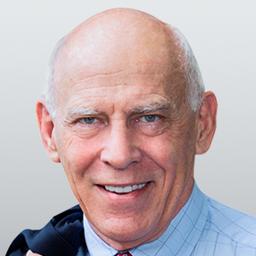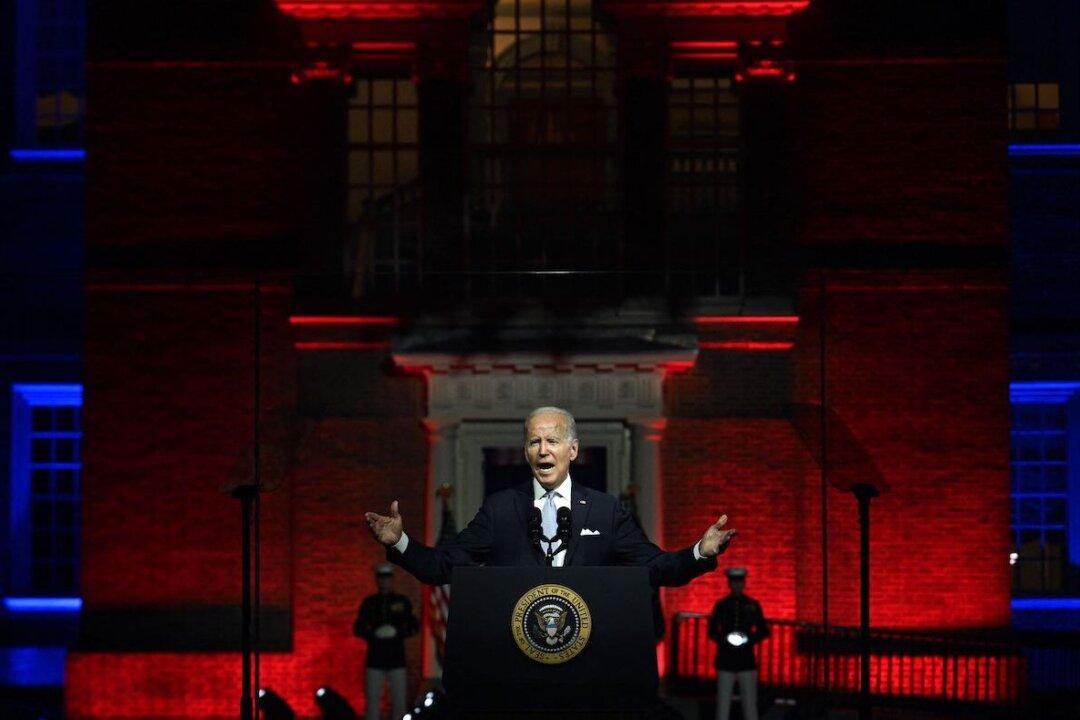Commentary
Those who control our institutions and both parties, the commanding heights of the economy, politics, and culture, make up an elite class with shared values, beliefs, attitudes, and power. They dominate universities, media, education, Big Business, Big Sport, and Hollywood.





